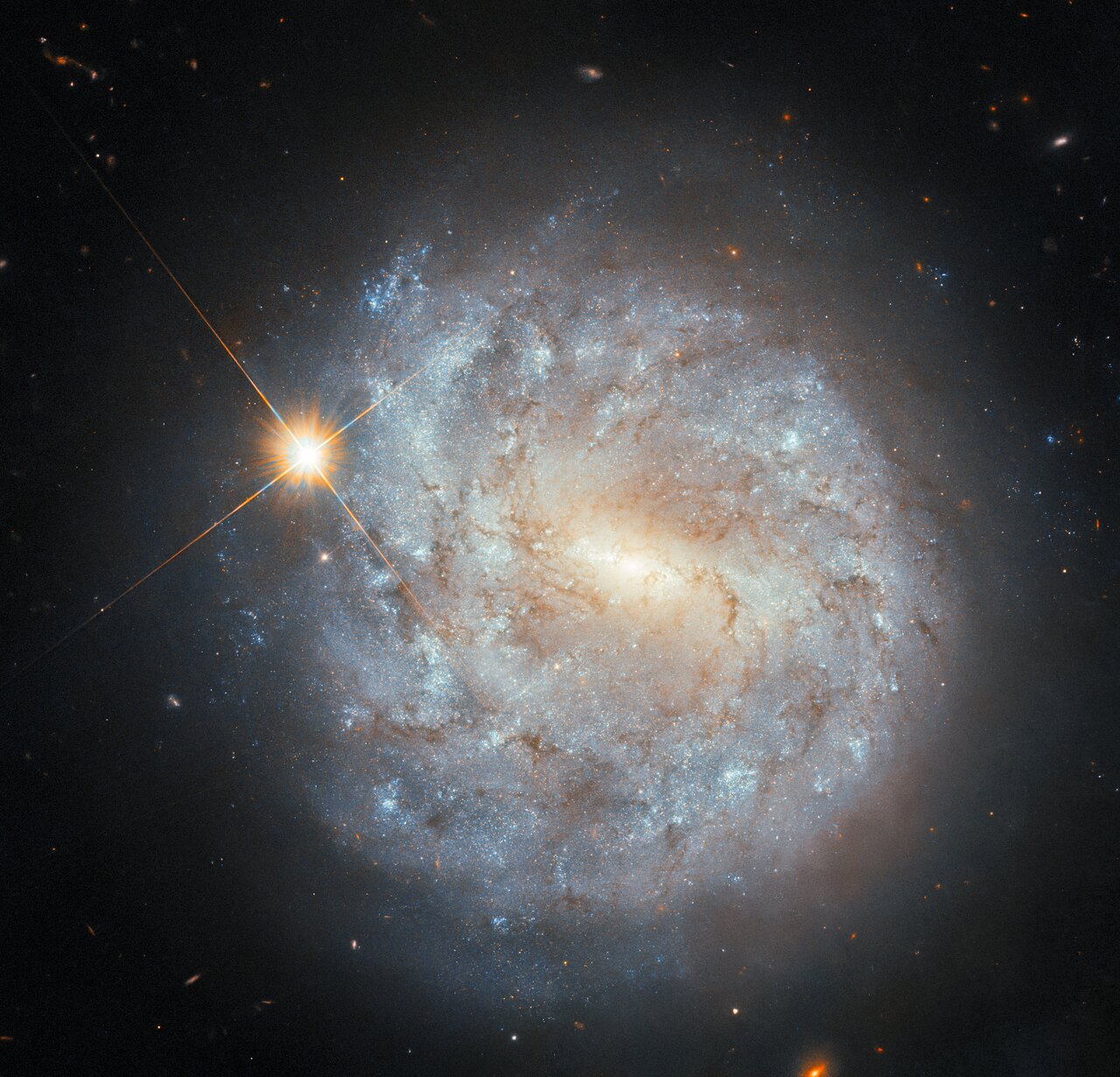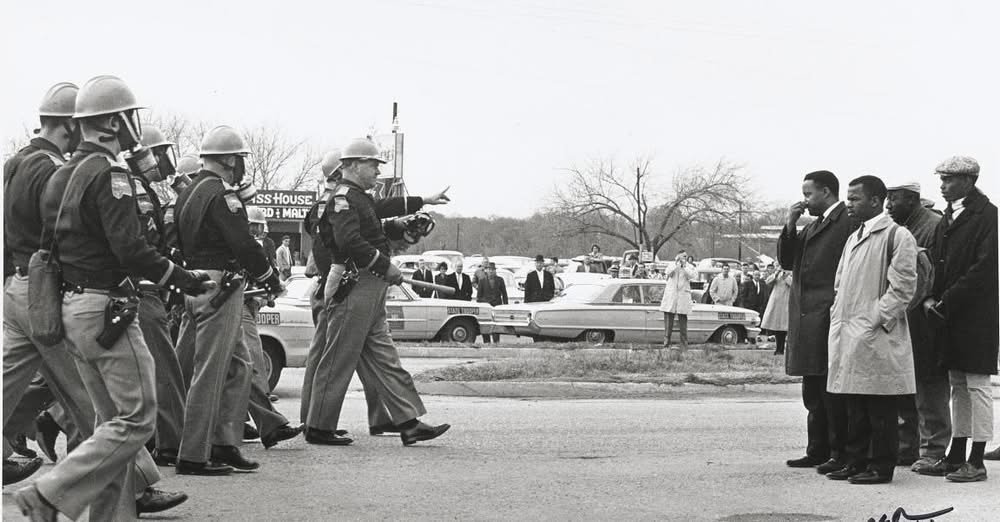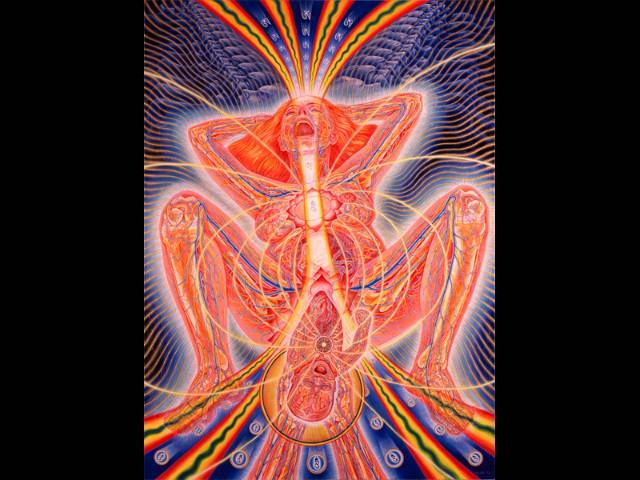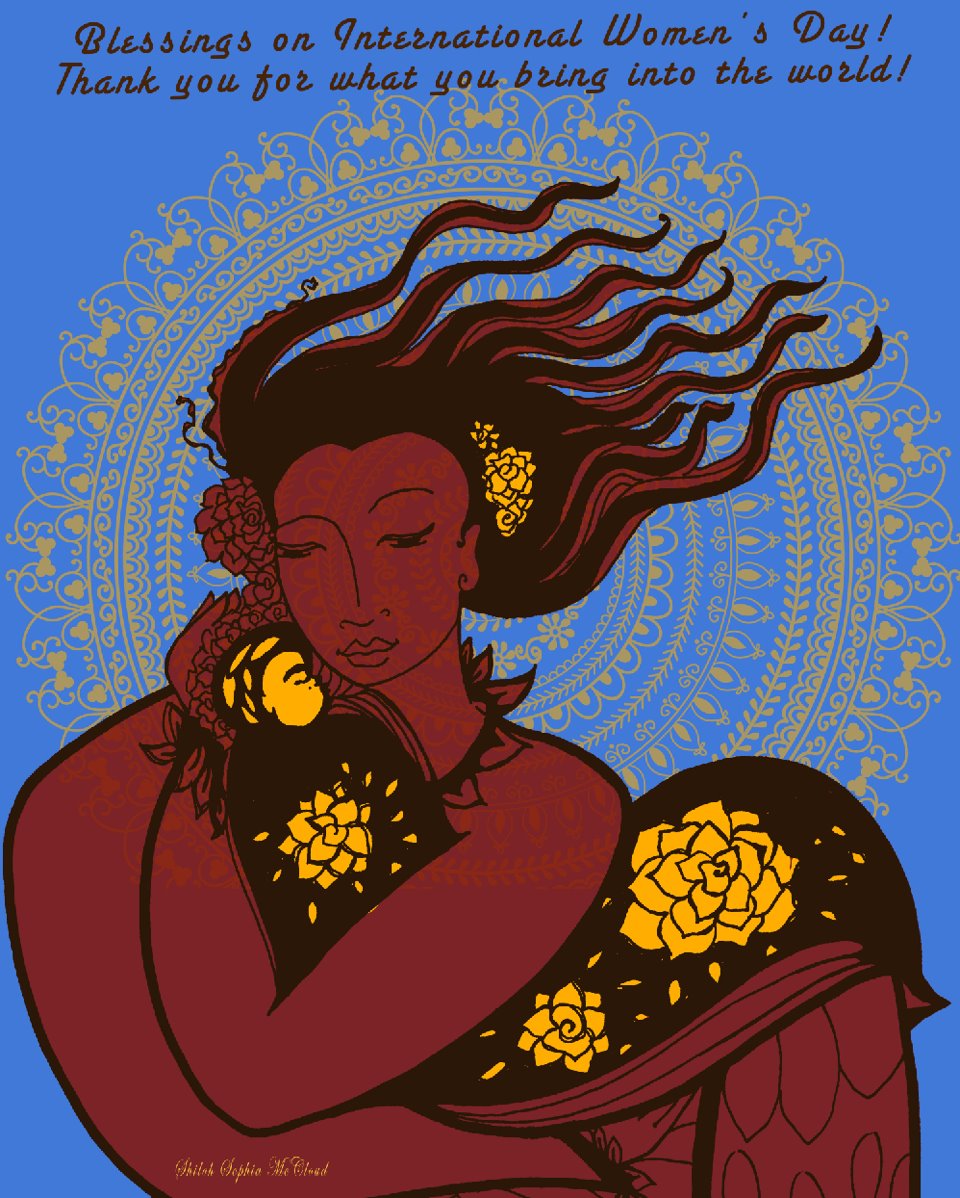Blog
This NASA/ESA Hubble Space Telescope Picture of the Week features a sparkling spiral galaxy paired with a prominent star, both in the constellation Virgo. While the galaxy and the star appear to be close to one another, even overlapping, they’re actually a great distance apart. The star, which is marked with four long diffraction spikes, is in our own galaxy. It’s just 7109 light-years away from Earth. The galaxy, which is named NGC 4900, lies about 45 million light-years from Earth.
This image combines data from two of Hubble’s instruments: the Advanced Camera for Surveys, which was installed in 2002 and is still in operation today, and the older Wide Field and Planetary Camera 2, which was in use from 1993 to 2009. The data used here were taken more than 20 years apart for two different observing programmes — a real testament to Hubble’s long scientific lifetime!
Both programmes aimed to understand the demise of massive stars. In one, researchers studied the sites of past supernovae, aiming to estimate the masses of the stars that exploded and investigate how supernovae interact with their surroundings. NGC 4900 was selected for study because it hosted a supernova named SN 1999br.
In the other programme, researchers laid the groundwork for studying future supernovae by collecting images of more than 150 nearby galaxies. After a supernova is detected in one of these galaxies, researchers can examine these images, searching for a star at the location of the supernova. Identifying a supernova progenitor star in pre-explosion images gives valuable information about how, when and why supernovae occur.
[Image Description: A spiral galaxy seen face-on. Broken spiral arms made of blue patches of stars and thin strands of dark dust swirl around the galaxy’s centre, forming a broad, circular disc. An extended circular halo surrounds the disc. The centre is a brightly-glowing, stubby bar-shaped area in a pale yellow colour. A bright star in our own galaxy, with long cross-shaped diffraction spikes, is visible atop the distant galaxy.]

Norman L. Blake (born March 10, 1938) is a traditional American stringed instrument artist and songwriter. He is half of the eponymous Norman & Nancy Blake band with his wife, Nancy Blake.
After being discharged from the Army, Blake moved to Nashville and became a studio musician. For 10 years, he toured and recorded with country singer Johnny Cash and continued to play with Cash intermittently over the next 30. He met Nancy Short, a cellist with a classical music background who was playing in a folk group. He was asked by Bob Dylan to play on the country-folk album Nashville Skyline, then became a member of the house band on Johnny Cash’s TV show. Kris Kristofferson, one of the guests, hired Blake to tour with him. Blake recorded with folk singer Joan Baez and appeared on her hit song “The Night They Drove Old Dixie Down“. In 1971, he became a member of the bluegrass group Aero-plain, led by multi-instrumentalist John Hartford with fiddler Vassar Clements, a short-lived project.
more...Ronnie Earl (born Ronald Horvath, March 10, 1953, Queens, New York, United States) is an American blues guitarist and music instructor.
Earl who grew up collecting various music records, pursued a degree in Special Education and Education at Boston University. He became interested in guitar after attending a Muddy Waters concert and began playing in the Boston blues scene. He later joined the band Roomful of Blues and started a solo career in 1986. In 1984, Earl formed his band, The Broadcasters, which released multiple albums over the years. Diagnosed with medical ailments in 2000, he scaled back on touring and later reformed the Broadcasters with a new lineup. As a four-time Blues Music Award winner for Guitar Player of the Year, Earl has also been an Associate Professor of Guitar at Berklee College of Music and released an instructional video. His band, Ronnie Earl and the Broadcasters, celebrated their 30th anniversary in 2018 and released their 26th studio album, Mercy Me, in 2022.
more...John Donald Abney (March 10, 1923 – January 27, 2000) was an American jazzpianist.
Abney was born in Baltimore, Maryland. He studied piano and french horn at the Manhattan School of Music. He joined the United States Army where he played the French horn in the army band and achieved the rank of technician fifth grade.
more...60th Anniversary of Bloody Sunday
March 7th 1965
SELMA, Ala. — People make the pilgrimage annually to walk across the iconic Edmund Pettus Bridge, where on March 7, 1965, law officers attacked civil rights activists in an incident that became known as Bloody Sunday.
The late Georgia Congressman John Lewis was one of the leaders of what was supposed to be a march from Selma to Montgomery, motivated by the killing of Jimmie Lee Jackson, a Black man shot by a state trooper after a civil rights demonstration in nearby Marion, Ala.
“We got to the highest point on this bridge,” Lewis said in an interview with NPR, standing on the bridge ten years ago. “Down below we saw a sea of blue – Alabama state troopers.”

On its way to the moon, Firefly Aerospace’s Blue Ghost lunar lander has taken its first space pictures as it orbits Earth.
The Texas-based company has been sharing the breathtaking videos and images in the weeks since Blue Ghost’s launch on January 15. The lander was part of a shared SpaceX ride that also carried the private lunar lander Resilience, built by Japanese company Ispace. Packed with science payloads for NASA, Blue Ghost is taking a long, “scenic route” to the moon—and the new visuals prove just how stunning of a route it is.

Samuel Osmond Barber II (March 9, 1910 – January 23, 1981) was an American composer, pianist, conductor, baritone, and music educator, and one of the most celebrated composers of the mid-20th century. Principally influenced by nine years’ composition studies with Rosario Scalero at the Curtis Institute and more than 25 years’ study with his uncle, the composer Sidney Homer, Barber’s music usually eschewed the experimental trends of musical modernism in favor of traditional 19th-century harmonic language and formal structure embracing lyricism and emotional expression. However, he adopted elements of modernism after 1940 in some of his compositions, such as an increased use of dissonance and chromaticism in the Cello Concerto (1945) and Medea’s Dance of Vengeance (1955); and the use of tonal ambiguity and a narrow use of serialism in his Piano Sonata (1949), Prayers of Kierkegaard (1954), and Nocturne(1959).
Barber was adept at both instrumental and vocal music. His works became successful on the international stage and many of his compositions enjoyed rapid adoption into the classical performance canon. In particular, his Adagio for Strings (1936) has earned a permanent place in the orchestral concert repertory, as has that work’s adaptation for chorus, Agnus Dei (1967). He received the Pulitzer Prize for Music twice: for his opera Vanessa (1956–1957), and for the Concerto for Piano and Orchestra (1962). Also widely performed is his Knoxville: Summer of 1915 (1947), a setting for soprano and orchestra of a prose text by James Agee. At the time of Barber’s death, nearly all of his compositions had been recorded. Many of his compositions were commissioned or first performed by such noted groups and artists as the Boston Symphony Orchestra, the Philadelphia Orchestra, the New York Philharmonic, the Metropolitan Opera, Vladimir Horowitz, Eleanor Steber, Raya Garbousova, John Browning, Leontyne Price, Pierre Bernac, Francis Poulenc, and Dietrich Fischer-Dieskau.
While Barber composed a significant body of purely instrumental music, two-thirds of his compositional output was art songs for voice and piano, choral music, and songs for voice and orchestra. Some of his most frequently performed songs include both the solo voice and choral versions of Sure on this shining night (solo version from 1938 and choral version from 1961) with text by Agee; and the song cycle Hermit Songs (1953), with anonymous texts by Irish monks from the eighth through thirteenth centuries. This emphasis on sung material was rooted in his own brief career as a professional baritone in his 20s which inspired a lifelong love of vocal music. In 1935, Barber recorded his own setting of Arnold‘s “Dover Beach” for NBC, singing the vocal part accompanied by string quartet,and he was also featured weekly on NBC Radio in 1935–1936 performing German lieder and art songs. He also occasionally conducted performances and recordings of his works with symphony orchestras during the 1950s, and taught composition at the Curtis Institute from 1939 to 1942.
Barber was in a relationship with the composer Gian Carlo Menotti for more than 40 years. They lived at Capricorn, a house just north of New York City, where they frequently hosted parties with academic and music luminaries. Menotti was Barber’s librettist for two of his three operas. When the relationship ended in 1970, they remained close friends until Barber’s death from cancer in 1981.
more...Lloyd Price (March 9, 1933 – May 3, 2021) was an American R&B and rock ‘n’ roll singer, known as “Mr. Personality”, after his 1959 million-selling hit, “Personality“. His first recording, “Lawdy Miss Clawdy“, was a hit for Specialty Records in 1952. He continued to release records, but none were as popular until several years later, when he refined the New Orleans beat and achieved a series of national hits. He was inducted into the Rock and Roll Hall of Fame in 1998.
more...
Zakir Hussain Allarakha Qureshi (9 March 1951 – 15 December 2024), the eldest son of tabla player Alla Rakha, was an Indian tabla player, composer, arranger, percussionist, music producer and film actor. He was widely regarded as the greatest tabla player of his generation and one of the greatest percussionists. His music transcended genres. He brought Indian classical music to a global audience and won four Grammy Awards.
Hussain was awarded the United States National Endowment for the Arts‘ National Heritage Fellowship, the highest award given to traditional artists and musicians. He was also given the Government of India’s Sangeet Natak Akademi Award in 1990 and the Sangeet Natak Akademi Fellowship, Ratna Sadsya, in 2018.
Hussain received seven Grammy Award nominations with four wins, including three in 2024. He was described as the most recognizable exponent of the tabla by The Guardian. The New York Times marveled that the “blur of his fingers rivals the beat of a hummingbird’s wings.
more...Randolph Denard Ornette Coleman (March 9, 1930 – June 11, 2015) was an American jazz saxophonist, trumpeter, violinist, and composer. He is best known as a principal founder of the free jazz genre, a term derived from his 1960 album Free Jazz: A Collective Improvisation. His pioneering works often abandoned the harmony-based composition, tonality, chord changes, and fixed rhythm found in earlier jazz idioms.Instead, Coleman emphasized an experimental approach to improvisation rooted in ensemble playing and blues phrasing. Thom Jurek of AllMusic called him “one of the most beloved and polarizing figures in jazz history,” noting that while “now celebrated as a fearless innovator and a genius, he was initially regarded by peers and critics as rebellious, disruptive, and even a fraud.”
Born and raised in Fort Worth, Texas, Coleman taught himself to play the saxophone when he was a teenager. He began his musical career playing in local R&B and bebop groups, and eventually formed his own group in Los Angeles, featuring members such as Ed Blackwell, Don Cherry, Charlie Haden, and Billy Higgins. In November 1959, his quartet began a controversial residency at the Five Spot jazz club in New York City and he released the influential album The Shape of Jazz to Come, his debut LP on Atlantic Records. Coleman’s subsequent Atlantic releases in the early 1960s would profoundly influence the direction of jazz in that decade, and his compositions “Lonely Woman” and “Broadway Blues” became genre standards that are cited as important early works in free jazz.
In the mid 1960s, Coleman left Atlantic for labels such as Blue Note and Columbia Records, and began performing with his young son Denardo Coleman on drums. He explored symphonic compositions with his 1972 album Skies of America, featuring the London Symphony Orchestra. In the mid-1970s, he formed the group Prime Time and explored electric jazz-funk and his concept of harmolodic music. In 1995, Coleman and his son Denardo founded the Harmolodic record label. His 2006 album Sound Grammarreceived the Pulitzer Prize for Music, making Coleman the second jazz musician ever to receive the honor.
more...
John Smith Hurt (March 8, 1893 – November 2, 1966), known as Mississippi John Hurt, was an American country blues singer, songwriter, and guitarist.
more...More Posts
- Eddie Harris Day
- Willie Jones Jr Day
- Jelly Roll Morton Day
- World Music with Domog (Домог)
- Israel Vibration
- RHYTHM ROOTS RESIDENCY Performance MIA 10-19-18
- The Cosmos with Sh2-132
- Masabumi Kikuchi Day
- Piano Red Day
- World Music with Cameron de las Isla y Paco de Lucia
- Daily Roots with Burning Spear
- 2018 Beau Koo Jacks-Everything I Do Gonna Be Funky 1-25-2018 @ the Amsterdam Benefit for Tom Zosel
- The Cosmos with IC 4628
- Esperanza Spalding Day
- Wynton Marsalis Day
- Chuck Berry Day
- World Music with Andelucious
- Daily Roots with Lloyd Parks and Joseph Cotton
- The Cosmos with Sh2-279
- Barney Kessel Day






